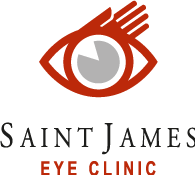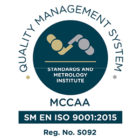The primary goal of the first stage of cross-linking therapy is to allow riboflavin (vitamin B2) solution to diffuse into the cornea. While there are several variations on the techniques used to accomplish this, all entail either removing or weakening the epithelial barrier of the cornea. In all instances the patient is first given anesthetic drops.
After adequate riboflavin absorption, the corneal thickness is checked and more solution is applied until the corneal thickness reaches 400 microns. Then eye is then irradiated with UV light at a small distance (1-5cm) from the corneal apex for 30 minutes.
Following irradiation, antibiotic drops and steroid drops are instilled are and a bandage contact lens is placed. The patient is given eye drops post operatively for a few days.
The bandage contact lens will be removed 3 days after the procedure. An eye shield is applied to the eye for the first 24 hours. Patients should wear sunglasses for the first 5 days while recovering at home.




